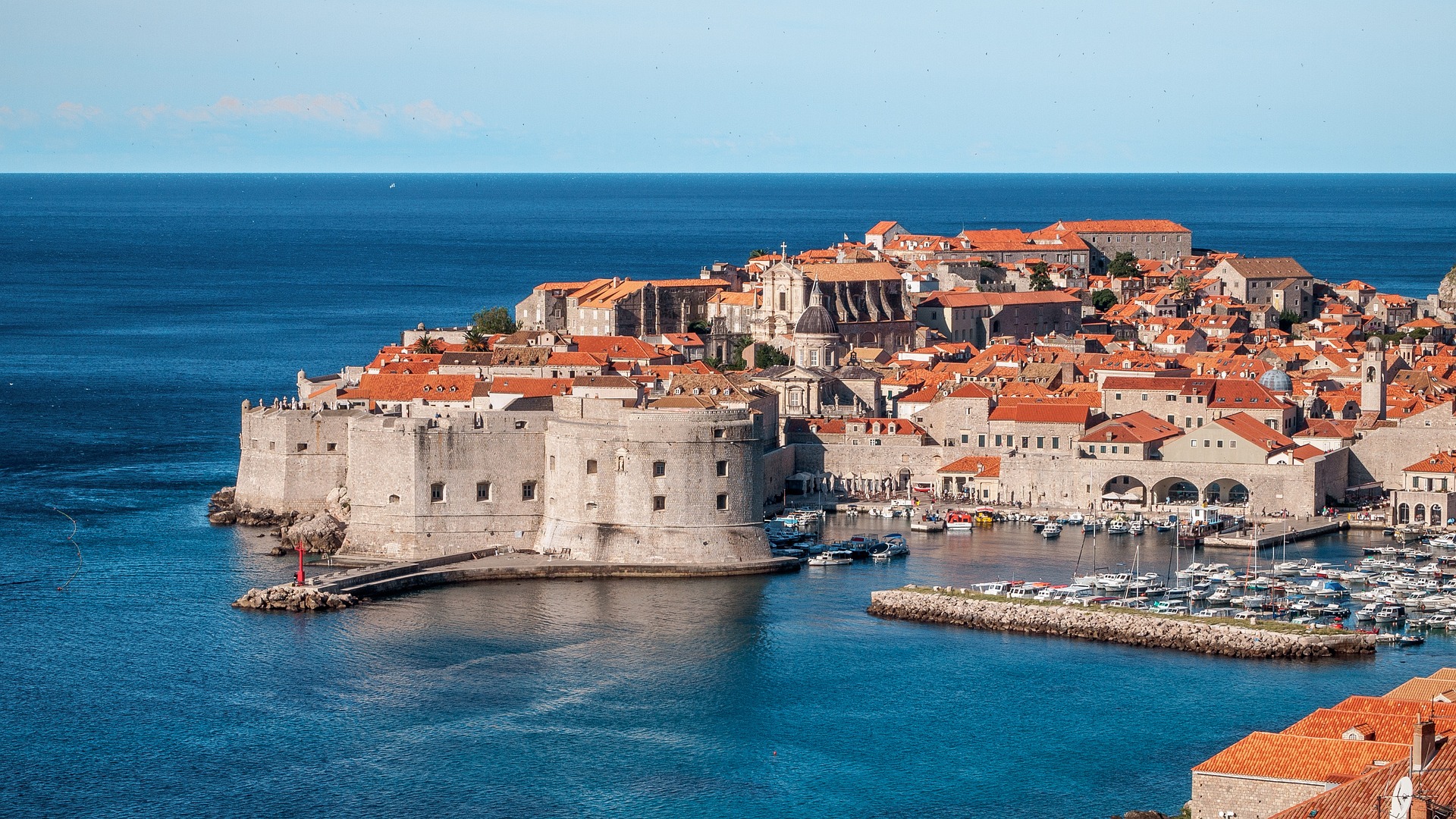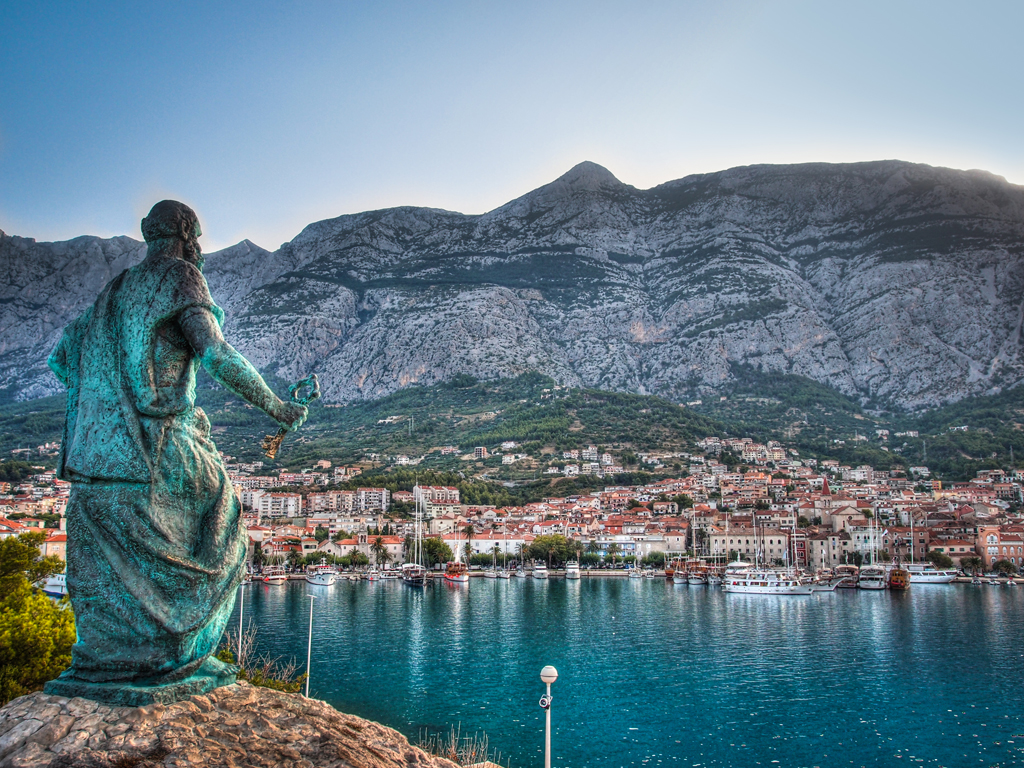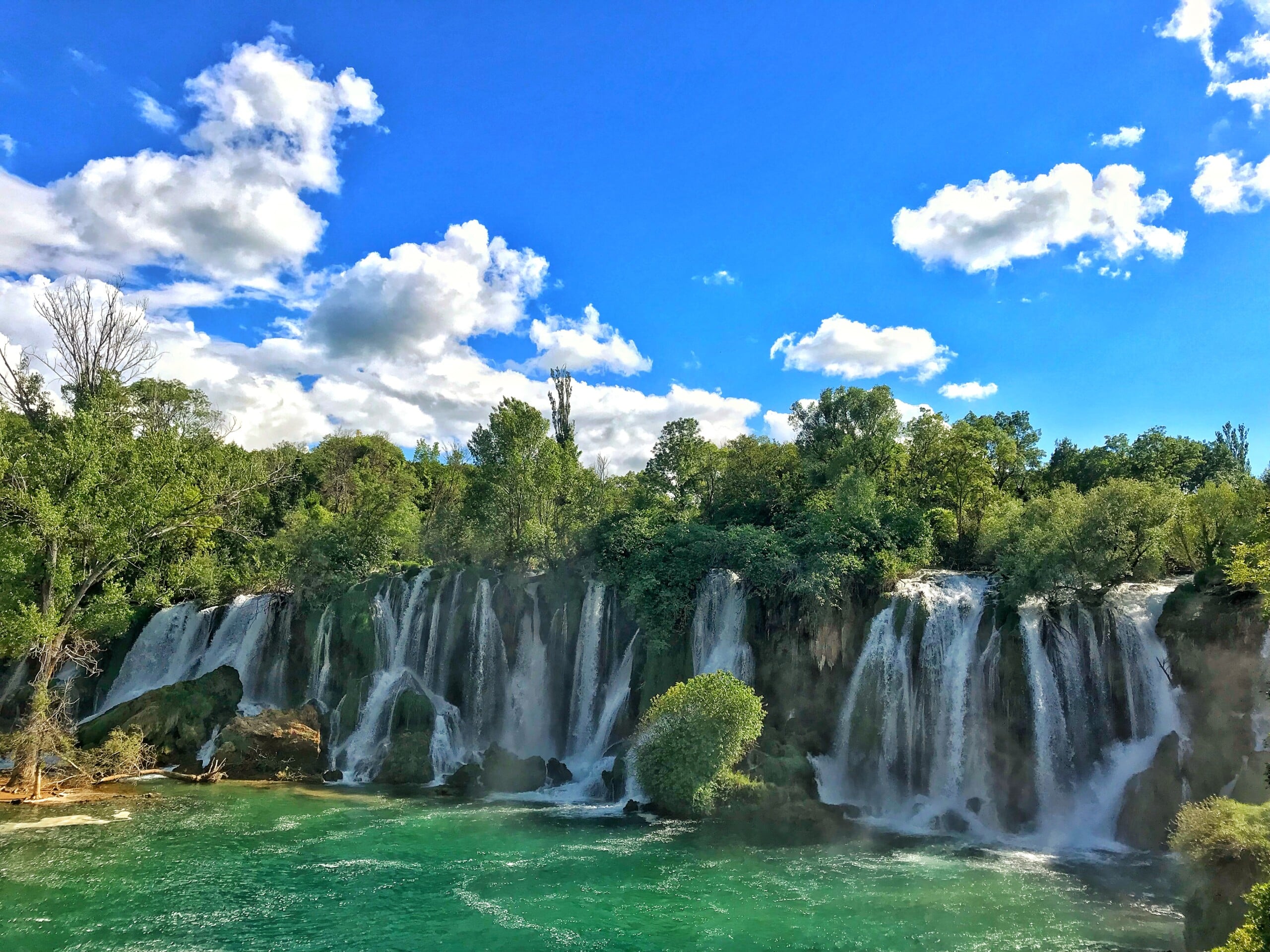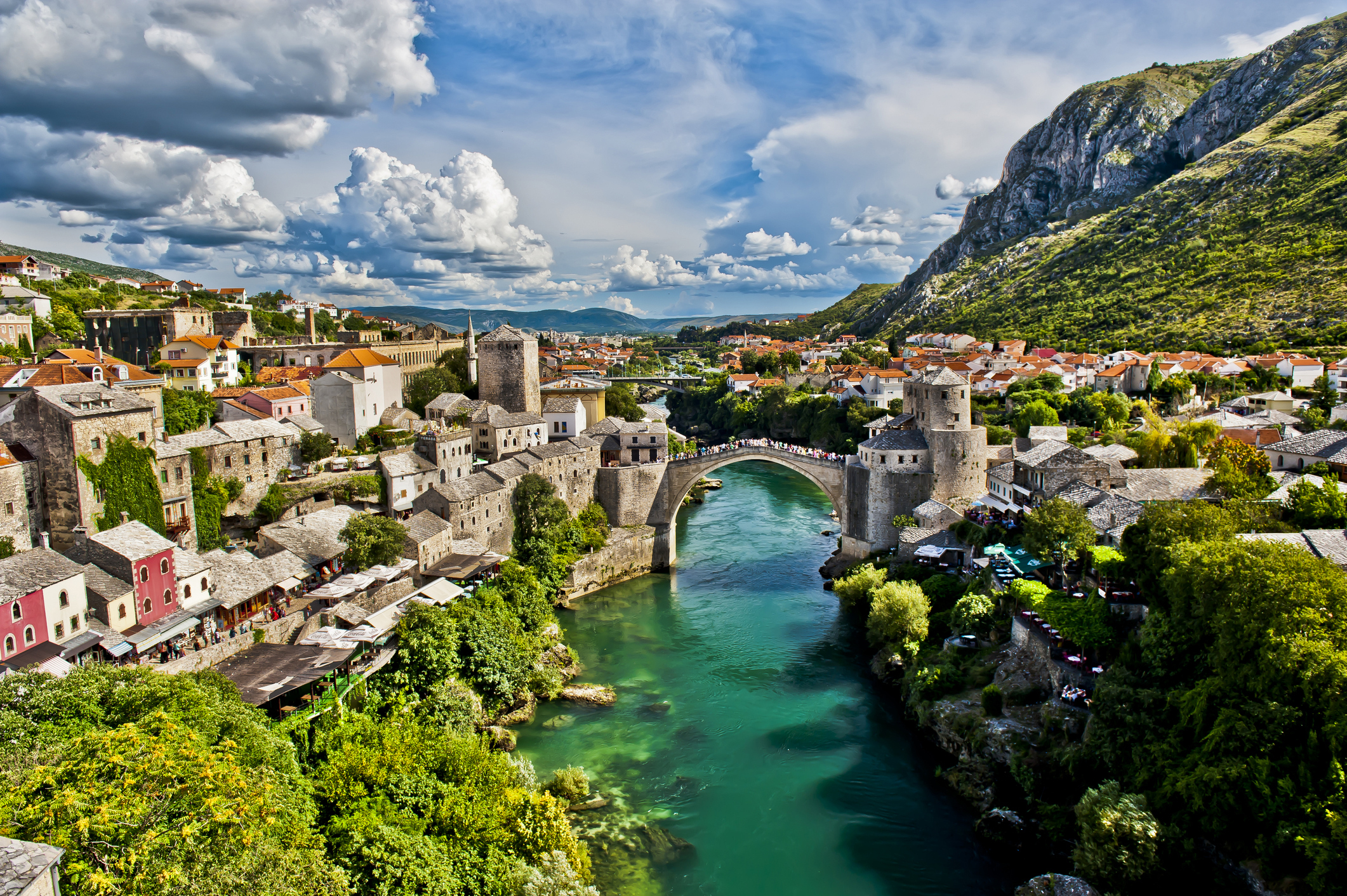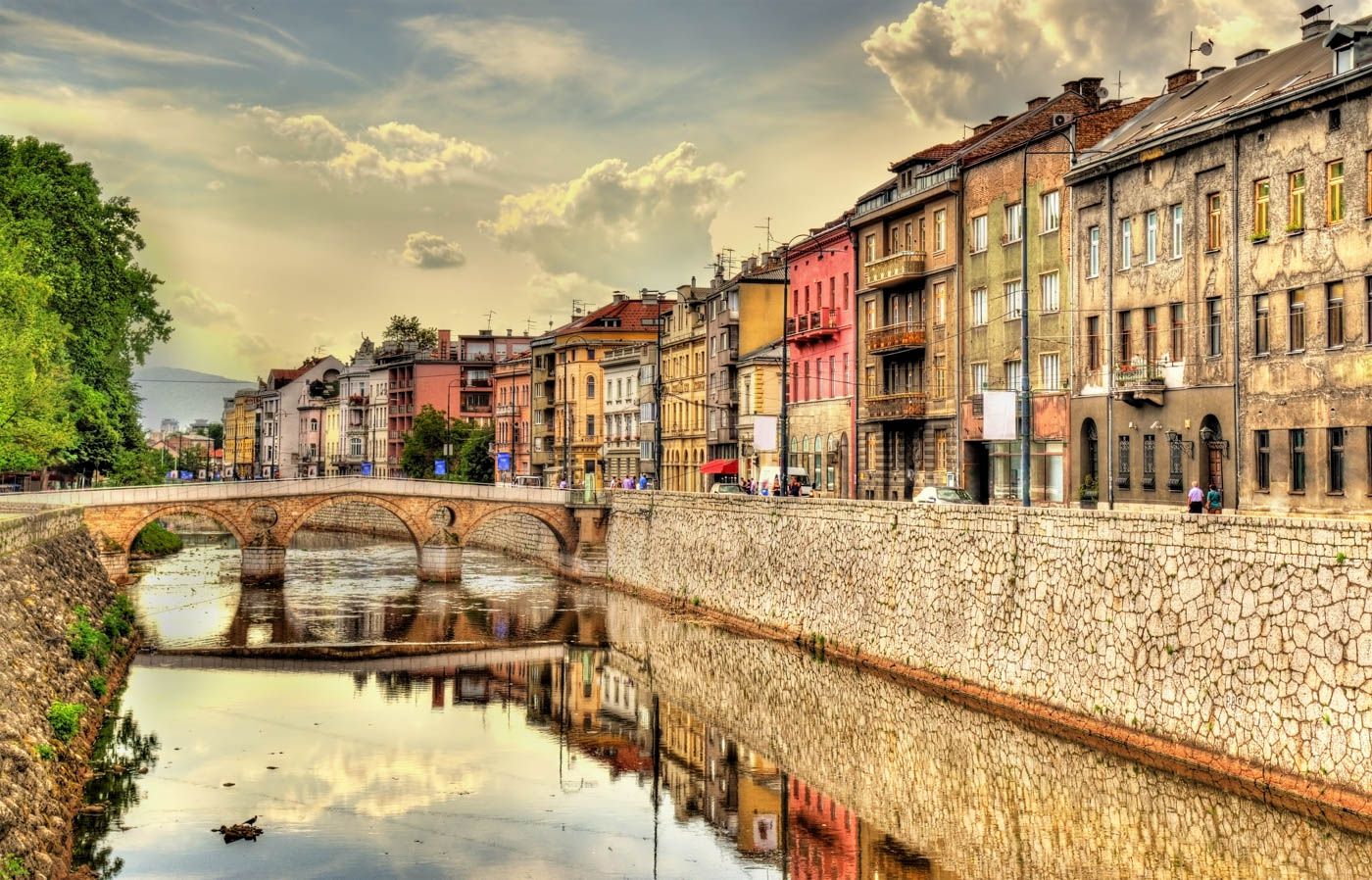Dubrovnik
Dubrovnik, a magnificent historic city, was founded in the 7th century. It was the only city-state on the entire Croatian coast, from the 14th to the 19th century. Seafaring and trade, together with the wise international policy and skilful diplomacy brought economic and cultural prosperity for centuries to the free city–state. The Dubrovnik people were known as good seafarers, tradesmen, scientists and writers.
"Those who seek paradise on Earth must come to Dubrovnik”, wrote George Bernard Shaw, smitten by the beauty of the city whose untouched, 1940 m long defensive walls - today under the protection of UNESCO - girdle in a city which carries the appellation of the Pearl of the Adriatic. Situated in the southernmost part of Croatia, harbouring centuries of heritage created by the noble skills of the finest builders and artists, Dubrovnik basks in a warm Mediterranean climate with groves of lemon, orange and tangerine trees, sumptuous palms and agaves, adorned by Renaissance parks and the flowering gardens of medieval stone palaces and unobtrusive monasteries.
Dubrovnik is without doubt currently one of Europe’s most fashionable destinations. Steeped in history and virtually unchanged since the 13th century the Old City provides a fascinating distraction from the everyday business. Add to that a mild Mediterranean climate all year round and direct flights from over 50 European ‘hubs’, and it’s easy to see why Dubrovnik is such a popular choice for combining business with pleasure. A little further south of the city centre, the verdant oasis of Babin Kuk is just one of many resort areas nestled amongst the pines and oaks of the Dubrovnik Riviera providing a picturesque setting for a successful congress. Over a thousand year old history of Dubrovnik is visible in every part of this city.
The city is a living museum and a live stage, and has an ideal connection between its historical past and the modern day. It is surrounded by medieval walls that are 1940 metres long and are preserved in their original form. They are open to visitors and are the city’s greatest attraction. Since 1979 the town has been under UNESCO protection. Dubrovnik is mainly a cultural destination, which, aside from historical monuments, offers a series of cultural events and festivals. Dubrovnik is a destination where you can enjoy a rest, and it has extremely good air connections with all larger European centres. Dubrovnik is a city that charms, a city that you fall in love with and always return to like new, to discover more unique experiences.
Dubrovnik is increasingly becoming a popular location for filming fictional or historical drama TV series and films in mega production, such as the Game of Thrones, Knightfall, Starwars and more recently Robin Hood: Origins. Many fans of these films and series from all over the world come to Dubrovnik and join the special tours organised for visiting the locations where shootings were made.
Makarska
Makarska, located on the Croatian coast of the Adriatic Sea, is a charming town with a rich history. Surrounded by beautiful landscapes, Makarska delights tourists with its attractions and unique climate.
In the historic center of the city, it is worth visiting the church of St. Mark from the 17th century, which is located on Kačićeva Square. Strolling through the narrow streets, it is also worth visiting the Malacological Museum, which boasts one of the largest collections of shells, and the Museum of the Town of Makarska to delve into the local history.
Makarska also offers picturesque rocky beaches such as Punta Rata, Nugal and Tucepi, with white pebbles and crystal clear waters, which are the perfect place to relax. Water sports enthusiasts can take advantage of the offer of local diving, sailing and paragliding schools.
In the evenings, the city is bustling with life, with numerous restaurants, cafes and bars where you can taste local delicacies such as Dalmatian ham, cheese patty and Croatian wines. During the summer season, Makarska also organizes many festivals and cultural events, such as Makarska Cultural Summer, which add a unique atmosphere to the city.
Makarska is a place that offers both a rich history and attractions for lovers of holidays by the sea. The charming center, rocky beaches and various attractions make this city one of the most popular tourist destinations on the Makarska Riviera.
Kravice
Kravica is a picturesque waterfall located in the southern part of Bosnia and Herzegovina, about 40 km west of Mostar and about 24 km from Međugorje. They are one of the most popular tourist attractions in the region, attracting both nature lovers and those seeking relaxation among amazing landscapes. The Kravica Falls, located on the Trebižat River, are about 120 meters wide and their height varies from 26 to 28 meters. They are surrounded by lush vegetation and picturesque rocks that create a natural amphitheater, emphasizing their extraordinary beauty.
Kravica is a perfect place to relax and rest in the bosom of nature. Tourists are attracted here by crystal clear waters, perfect for swimming on hot days. In the summer season, you can also use comfortable picnic areas, as well as organized catering outlets offering local delicacies. Near the waterfalls there are also numerous hiking trails that allow you to get in close contact with wildlife and discover the charms of the surrounding landscapes. Kravica is therefore not only a place of relaxation, but also an attraction for active tourists.
Access to the Kravica waterfalls is easy, both by car and with the help of organized tours. The charm of this place makes it worth going on a trip to see for yourself the extraordinary beauty of one of the greatest attractions of Bosnia and Herzegovina.
Mostar
Mostar is a charming city located in southern Bosnia and Herzegovina, which is an important cultural and historical center of the region. Known for its picturesque streets and rich history, Mostar attracts tourists from all over the world, offering them extraordinary experiences and fascinating monuments.
Stari Most, or the Old Bridge, is an icon of the city, built in the 16th century by the famous architect Mimar Sinan at the request of Sultan Suleiman the Magnificent. Considered a masterpiece of Turkish architecture, the bridge was destroyed during the Bosnian War but later rebuilt and declared a UNESCO World Heritage Site.
In Mostar, you can also admire the influences of Austro-Hungarian architecture, especially around the Old Town. It is here that the cultural life of the city is vibrant, and numerous cafes, souvenir shops and art galleries attract tourists looking for original experiences. Koski Mehmed-Pasha Mosque, a mosque from the 17th century, is an important place to understand the influence of Islamic culture on the life of Mostar. Its beautiful architecture and terrace overlooking the Old Bridge make it worth visiting.
The city is also famous for its wealth of museums, such as the Mostar War Museum and the Stari Most Museum, which allow you to explore its history, from the Ottoman era to the dramatic events of the1990s.
It is worth noting that Mostar is an important point on the cultural and religious map of the Balkans, being a meeting place for various traditions, including Christianity and Islam. The coexistence of these two cultures is visible at every step, and the city has earned the name of the "Pearl of the Balkans" thanks to its unique atmosphere and character.
Sights and attractions:
Old Bridge - an iconic stone bridge from the 16th century, rebuilt after the war in the 1990s.
Old Town - a preserved medieval town with narrow streets and bazaar stalls.
Koski Mehmed Pasha Mosque - a 16th-century mosque with a beautiful view of the Old Bridge.
Kula Halebija - a defensive tower from the 16th century, offering a panorama of the city.
Mostar Peace Bell Tower - a tower with a peace bell symbolizing community reconciliation.
War Photo Exhibition - an exhibition of photos documenting the history of the conflict in the region.
Sarajevo
Sarajevo, the capital of Bosnia and Herzegovina, is a unique city with a rich history and multicultural heritage. Situated in the valley of the Miljacki River and surrounded by picturesque hills, Sarajevo offers visitors an unforgettable experience and a wonderful mix of cultures that have coexisted here over the centuries.
The Old Town (Baščaršija) is the heart of Sarajevo where you can discover the Ottoman influence in architecture and culture. Narrow, cobbled streets, bustling bazaars and numerous mosques and cafes make the atmosphere of this place unique. The main landmark of Baščaršij is Sebilj - an Ottoman fountain from the 18th century that has become one of the symbols of the city.
Sarajevo is also famous for its important places related to modern history. The Gavril Princip Bridge, where in 1914 the assassination of Archduke Ferdinand and his wife took place, is the place that started the First World War. The Sarajevo Museum 1878-1918 is dedicated to these events and the period of the Austro-Hungarian occupation of the city.
In Sarajevo, you can also admire unusual monuments related to various religions, such as the Gazi Husrev-beg mosque, the Cathedral of the Sacred Heart or the Ashkenazi Synagogue. This multiculturalism makes the city known as the "Jerusalem of Europe".
Sarajevo is a magical place where history, culture and nature intertwine in extraordinary harmony. Discovering this city is a real adventure that allows you to understand the unique character of the Balkans and their multicultural heritage.
